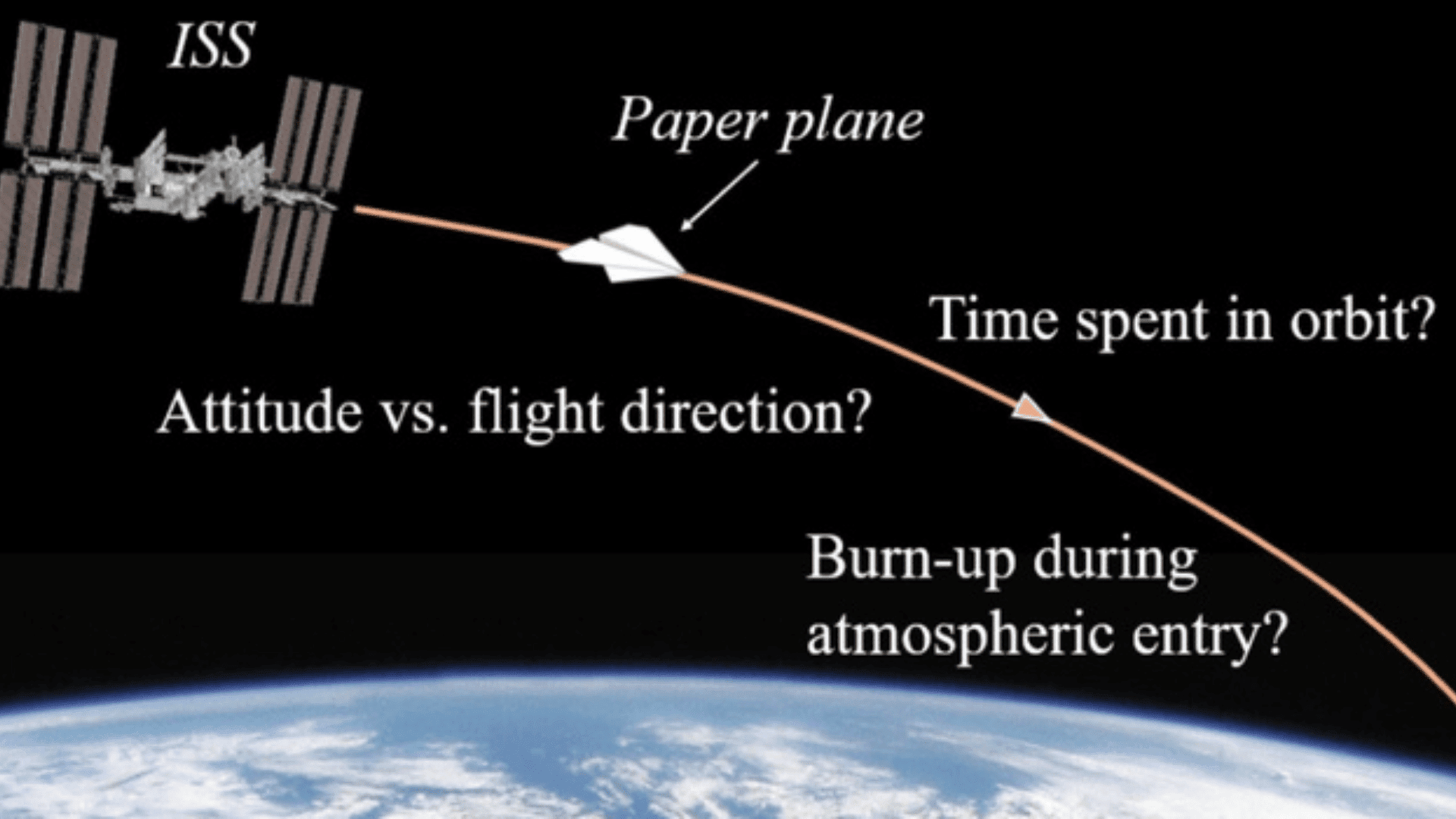To the elite, molecular gastronomy is nothing new. The art of breaking down a dish into its individual parts has been around for many years, and it is slowly leeching into more mainstream diets. You see it most commonly on cooking shows as the “deconstructed” forms of popular meals. For example, a deconstructed lasagna might consist of tomato soup, cheese curds, and tiny pieces of pasta- it’s all the components that make up a lasagna, separated and presented on their own.

True molecular gastronomy, however, is still ages away from taking over traditional cooking methods. As a science, it seeks to see how chemical and physical transformations affect the ingredients we commonly use. As a cooking method, meanwhile, it’s meant to take familiar tastes and present them in a new and adventurous way using special equipment and techniques. It’s expensive and time-consuming, but does present a unique dining experience that is impossible to recreate at home. Emulsions, jellies, and compressions–prepared using freeze-drying, dehydration, and pickling– it’s all very different from baking a loaf of bread or a cake. The same goes for molecular gastronomy’s sister practice, molecular mixology (which focuses on alcohol and mix drinks rather than food).
That’s not to say it isn’t making an impact on our everyday diets. Many places that serve bubble tea or frozen yogurt feature popping boba (tiny pearls of various fruit flavors that burst when ruptured) as a topping. They are created using spherification, a common method used in molecular gastronomy restaurants to turn unexpected tastes into caviar equivalents. Some popular flavor pairings from the past few years, like chocolate and bacon, may also be influenced by the practice, as unusual taste combinations are common elements. Even the art of plating and serving a dish in an unexpected and amusing way owes itself partially to molecular gastronomy.
But its true legacy is likely yet to come. Herve This, a chemist at the National Institute for Agricultural Research in France, believes as the population rises we will have to resort to cooking “note by note.” Instead of using the ingredients to capture their flavors, we’ll utilize their chemical compounds to recreate those flavors in other foods. “In 2050,” he said, “there will be 10 million people on Earth. The problem will be protein and the solution will probably be plant or insect proteins. We need expertise to cook these new ingredients. We are slowly introducing them so the public can use it. This is note by note cooking.”

His argument raises a good point: most people, accustomed to proteins from poultry and red meat, are going to be uneasy with the new sources. Tofu and other plant proteins may have a niche audience already, but few can say that a cricket sounds like an appetizing meal (at least in American culture). This also argues that the “clean label” movement is harmful to our diets. While there are chemical compounds in food that can do us harm, it has lead to the public fearing unfamiliar terms on the back of the cereal box. “Look at citric acid, for example. It is in lemon juice, so what’s the problem?” he asks. “Why not write ‘citric acid’ on your package?”
Whether you agree or disagree, it will still take time before molecular gastronomy truly takes over the entire culinary world and branches beyond experimental new cooking methods and avant-garde menus. But it is still worth watching. Cooking, no matter the method, is a form of chemistry. It only makes sense to evolve it alongside the other sciences. So, while pizza won’t be delivered flash-frozen or dehydrated any time soon, it may one day in the not-too-distant future.
Popcorn ice cream, anybody?

Influence the future and follow our World of Innovation on Instagram.







